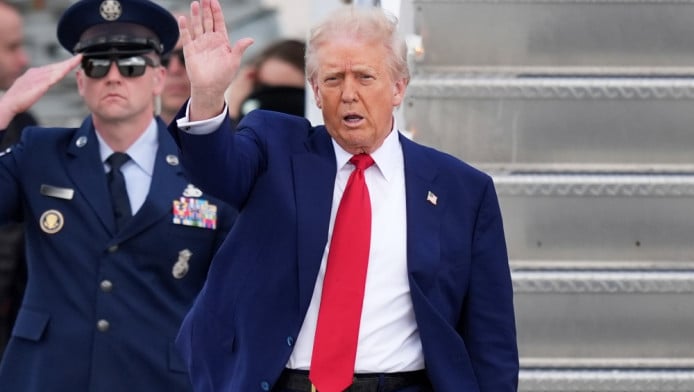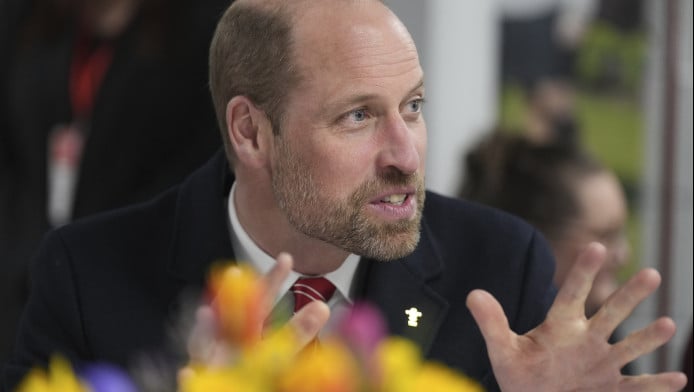PRF: Much of the discussion on Article 370 was focused on the political dimensions. What do you believe were the economic outcomes of implementing Article 370 for more than 70 years?
Dr Rai: Many experts have strongly believed that Article 370 has been detrimental to the economic development of Jammu and Kashmir. Although there is no systematic study showing that operationalisation of Article 370 along with 35A is the leading cause of the low level of industrialisation and economic growth in the erstwhile state of Jammu and Kashmir, a close examination of the key provisions does indicate that these legislative provisions might have contributed to lack of dynamism in state’s economy.
Article 370 provided enormous scope to local political, bureaucratic, judiciary and business elites to frame rules and regulations that favour their interests and prevent competition from the rest of the country. That, too, without any accountability. The article also encouraged the state government not to produce and share meaningful data on important economic indicators that can be compared with other states. That is why if you look at most studies focusing on state-wise economic development in India, the data from the erstwhile state of Jammu and Kashmir would not be there.
Article 370 also restricted the economic progress of the state through its role as an anchor of isolation of its people and economy from the rest of India. Additionally, it was argued that Article 370 had played a crucial role in fermenting the idea of separatism and hence social and political disturbances in the state. One cannot expect economic activities, especially private initiatives, to flourish in a state or region where violence is the norm. According to official data, more than 41,000 people have been killed in violence in Jammu and Kashmir before Articles 370 and 35A were abrogated.
Article 35A played a more direct role in restricting the economic progress of Jammu and Kashmir, particularly after 1991, a time when role of private sector in India’s economy was experiencing significant growth. This provision allowed the state government to put discriminatory restrictions on land ownership and employment against individuals from the rest of the country. These restrictions severely deterred the professionals, highly skilled individuals, and private investors from the rest of India to utilise the existing opportunities and contribute to the state’s progress. As a result, while other major states witnessed significant growth in their respective economies, the erstwhile state of Jammu and Kashmir has lagged. During 2012-19, the gross state domestic product grew at 5.5 per cent compared to seven per cent of the national average.
Another point to be underlined about Jammu and Kashmir’s economic development is its excessive reliance on grants from the central government. Jammu and Kashmir was the top state in terms of central grants per person from 200-01 to 2016-17. On the other hand, private investment, especially foreign investment, has almost evaded the state of Jammu and Kashmir. Between April 2000-June 2019, the cumulative amount of FDI equity received by the state was mere US$ 6 million compared to an inflow of US$ 436,350 million in India during the same period.
PRF: In your opinion, did Article 370 result in the concentration of resources in the State government, and how did it impact the regional inequalities in Jammu, Kashmir and Ladakh?
Dr Rai: In the erstwhile state of Jammu and Kashmir, the political power was tilted in favour of the Kashmir region. The special status under Articles 370 and 35A had given the state government excessive autonomy in allocating financial resources and development projects between different regions of the state. While Kashmir had been the top beneficiary, the other two regions felt marginalised in terms of the allocation of funds, government jobs and distribution of higher educational institutions. A study by Fatima (2017) i has shown that in terms of the economic welfare index Kashmir region scored 0.80 compared to Jammu’s 0.61 and Ladakh’s 0.20. In terms of the economic backwardness index, on the other hand, Ladakh was on top with a score of 0.80 followed by Jammu’s 0.39 and Kashmir’s 0.20.
PRF: How do you evaluate the economic performance of Jammu and Kashmir, and Ladakh since the abrogation of Article 370?
Dr Rai: It has been almost four years since the central government took a historic decision not only to abrogate Articles 370 and 35A but also to convert the then state of Jammu and Kashmir into two Union Territories (UTs) of Jammu and Kashmir, and Ladakh. One of the government’s key arguments was that removing special status under Article 370 would facilitate the state’s economic development as it would pave the way for implementing all the progressive laws in the newly formed political entities.
It was also expected that abrogation of 35A would remove the restrictions on land ownership and government jobs and incentivise the professionals and highly skilled individuals from the rest of the country to contribute to the region’s economy.
Even though four years may seem like a reasonable amount of time to expect positive economic changes in the newly established UTs, they are still going through a transitional phase. The transition phase got prolonged due to the deadly Covid-19 pandemic. Economic activities during the first few months after the abrogation on August 5, 2019, were disrupted because of the government’s precautionary measures to maintain law and order in the state. This was followed by a deadly Covid-19 pandemic in the first quarter of 2020, causing the global economy to come to a standstill for the next year and a half, and Jammu and Kashmir was no exception to this devastation. However, the region’s economy has bounced back since 2021-2022. As per official data, the economy of Jammu and Kashmir was estimated to grow at 7.92 per cent and 8.00 per cent in 2021-22 and 2022-23, respectively. Services and industry have largely driven the growth during the last two years. It is important to note that Jammu and Kashmir grew faster than the rest of the country in 2022-23.
PRF: What economic opportunities do you see for Jammu and Kashmir, and Ladakh in the next five years?
Dr Rai: The newly formed UTs of Jammu and Kashmir and Ladakh have enormous strengths in key sectors like tourism, horticulture, floriculture, and handloom and handicraft. These sectors create high-value products and services that become more in demand as income levels increase. As prosperity increases and the middle class grows throughout the country, there is expected to be a significant increase in demand for tourism services and products in the sectors that Jammu and Kashmir, along with Ladakh, specialise in. As India is poised to attain new heights in economic growth, a more integrated and peaceful Jammu and Kashmir, and Ladakh will likely see far more economic opportunities in coming years than in the past.
Source: prfworld.org

 Super League
Super League
 Premier League
Premier League
 Champions League
Champions League
 Europa League
Europa League
 UEFA Conference League
UEFA Conference League
 Bundesliga
Bundesliga
 Serie A
Serie A
 La Liga
La Liga
 Ligue 1
Ligue 1
 Superleague 2
Superleague 2
 Κύπελλο Ελλάδας
Κύπελλο Ελλάδας
 Euroleague
Euroleague
 Basket League
Basket League
 NBA
NBA
 Eurocup
Eurocup
 Basketball Champions League
Basketball Champions League
 Volley
Volley
 Tennis
Tennis
 Πόλο
Πόλο
 Στίβος
Στίβος
 Αυτοκίνητο
Αυτοκίνητο

















